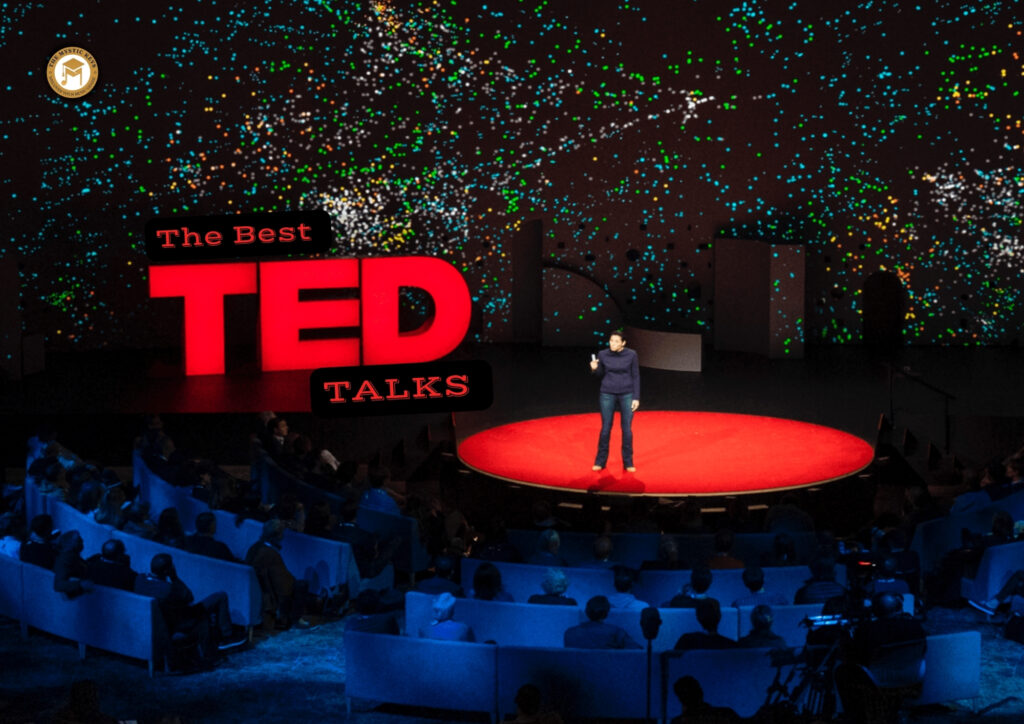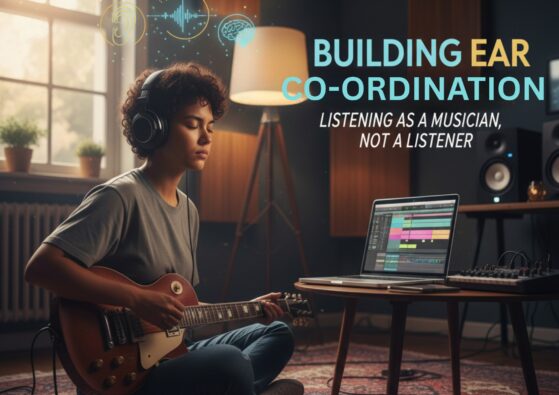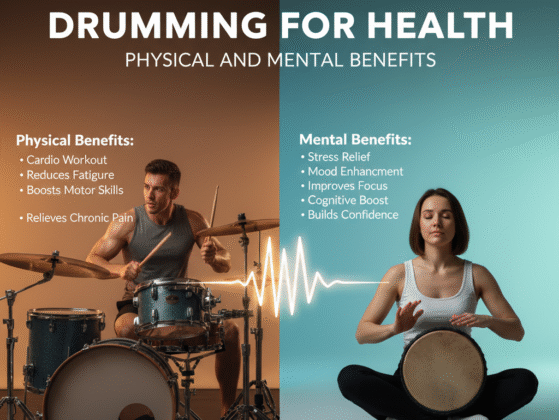The Best TED Talks and What They Teach About Public Speaking
Public speaking is an art—a skill that can inspire, inform, and influence people. Yet, for many, standing before an audience sparks anxiety, self-doubt, and hesitation. Still, some speakers seem to possess the rare ability to communicate effortlessly, holding attention and leaving audiences moved or inspired. TED Talks have emerged as a global stage where this mastery is on full display. They do more than share ideas—they demonstrate how thoughtful communication can shape perception, stir emotion, and motivate action.
When we watch these talks, it’s like stepping into a live classroom on the craft of public speaking. Each speaker carefully balances storytelling, body language, pacing, and authenticity to guide the audience through their ideas. The transitions between personal anecdotes, compelling examples, and key insights are deliberate, showing us not just what to say, but how to say it. By analyzing these presentations, we gain practical lessons on how to engage, connect, and inspire—lessons that apply whether you’re addressing a room of ten or a crowd of thousands.
In this blog, we’ll dive into some of the most impactful TED Talks, exploring what makes them so memorable and uncovering actionable tips for anyone aiming to become a more confident, persuasive, and compelling speaker.
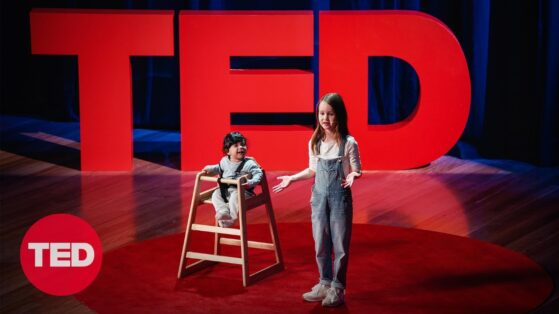
Why TED Talks Are a Public Speaking Goldmine
Before we dive into specific TED Talks, it’s important to understand what makes them such powerful lessons in communication. Unlike typical presentations, TED speakers are limited to just 18 minutes or less, a constraint that demands precision, clarity, and focus. Every word, pause, and gesture is carefully chosen to maximize impact. What sets the best talks apart is how they seamlessly blend storytelling, emotion, and evidence—teaching us not just what to say, but how to say it. The rhythm, tone, and structure of each idea are meticulously crafted to resonate with audiences long after the talk ends.
This careful design begins from the very first sentence, where speakers aim to capture attention immediately. From there, they build momentum through engaging anecdotes and illustrative examples, guiding listeners effortlessly from one point to the next. And finally, they leave audiences with a memorable takeaway that lingers in the mind. It is this deliberate combination of structure, personality, and authenticity that forms the essence of truly effective public speaking.

Ken Robinson | “Do Schools Kill Creativity?”
Ken Robinson’s talk stands as a timeless example of how to connect with audiences on both intellectual and emotional levels. He tackles the serious topic of education and creativity, yet his delivery feels approachable and engaging. From the very start, Robinson draws listeners in with humor, immediately creating a sense of connection. As he moves from light-hearted anecdotes to thought-provoking questions about how society nurtures—or stifles—creativity, the talk flows seamlessly, keeping the audience engaged without ever feeling like a lecture.
Public Speaking Lessons from Ken Robinson:
Use humor to build rapport: A well-placed laugh opens the audience to your message.
Incorporate personal stories: Relatable anecdotes make abstract ideas tangible.
Speak with passion: Genuine enthusiasm captivates and inspires listeners.
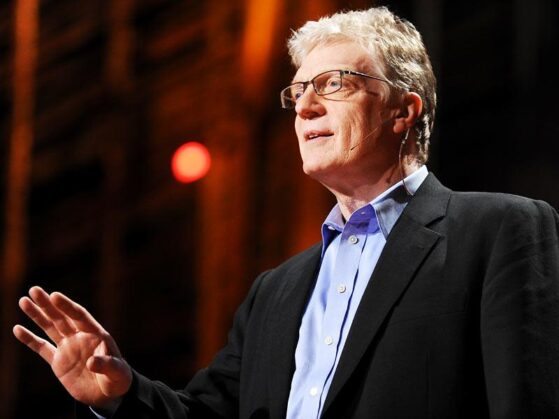
Amy Cuddy | “Your Body Language Shapes Who You Are”
Amy Cuddy’s TED Talk highlights a powerful truth: communication extends far beyond words. She demonstrates how posture, gestures, and body language can profoundly influence confidence and performance, showing that how we present ourselves physically can shape not only how others perceive us but also how we perceive ourselves.
Cuddy begins her talk by sharing her own experiences with insecurity, immediately creating a sense of vulnerability and relatability. She then transitions seamlessly into scientific research, connecting personal narrative with empirical evidence. This combination of storytelling and science keeps the audience engaged while making the message both credible and memorable.
Public Speaking Lessons:
Nonverbal communication matters: Your body language can reinforce—or undermine—your spoken words.
Make complex ideas accessible: Break down research into clear, actionable advice that audiences can easily apply.
Be authentic: Sharing real experiences builds trust and helps audiences connect with your message on a deeper level.

Simon Sinek | “How Great Leaders Inspire Action”
Simon Sinek’s “Golden Circle” concept provides a powerful blueprint for inspiring action. By emphasizing the importance of starting with why, he demonstrates how leaders and organizations can motivate people beyond superficial incentives, tapping into deeper purpose and passion.
Transitioning Insight: What makes Sinek’s talk particularly effective is how he moves seamlessly from engaging stories to conceptual frameworks. He illustrates his ideas with widely recognized examples—like Apple’s innovative approach or Martin Luther King Jr.’s historic speeches—allowing audiences to connect abstract concepts with tangible, memorable instances. This blend of narrative and structure keeps listeners engaged while clearly conveying his central message.
Public Speaking Lessons:
Begin with a compelling why to immediately capture attention and interest.
Reinforce your key points through repetition to make them memorable.
Use clear and concise language so your message is easily understood and retained.
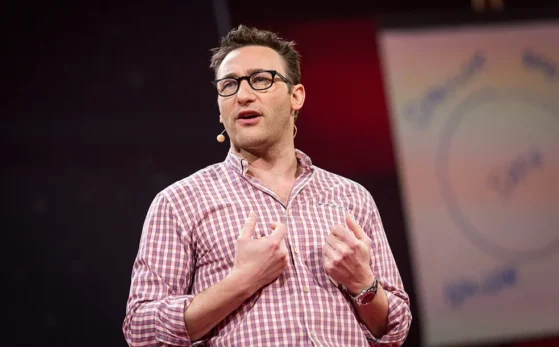
Jill Bolte Taylor | “My Stroke of Insight”
Neuroanatomist Jill Bolte Taylor shares a remarkable story from her own life—the day she experienced a stroke. She skillfully blends scientific insight with deeply personal storytelling, creating a talk that is both educational and profoundly moving. As her narrative unfolds, Taylor smoothly transitions from the vivid experience of her stroke to explaining complex neurological processes, allowing the audience to connect emotionally while also grasping the science behind her journey.
Personal stories foster empathy and create a strong emotional connection with the audience.
Balance technical content with emotion to keep information engaging and relatable.
Control pacing carefully, giving the audience time to absorb complex ideas without feeling overwhelmed.
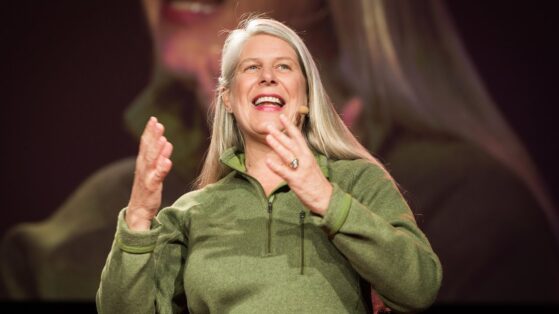
Chimamanda Ngozi Adichie | “The Danger of a Single Story”
Chimamanda Ngozi Adichie captivates audiences by challenging stereotypes through the power of storytelling. She starts with personal anecdotes that immediately draw listeners in, establishing a sense of connection. From there, she gradually broadens her narrative to address larger societal issues, showing how a single, focused idea can anchor an entire talk. This seamless shift—from the personal to the universal—keeps the audience engaged while reinforcing both the clarity and impact of her message.
Public Speaking Lessons:
Center your talk around a single, compelling theme.
Use vivid, relatable examples to illustrate key points.
Speak with conviction and passion; authenticity enhances credibility and leaves a lasting impression.

Tony Robbins | “Why We Do What We Do”
Tony Robbins energizes audiences with insights into human behavior and motivation, showing that delivery can be as powerful as the message itself. He begins by posing thought-provoking questions, then naturally moves into compelling stories and principles, creating a rhythm that keeps audiences engaged. This seamless flow ensures complex ideas are communicated clearly while maintaining high energy and sustained interest throughout the talk.
Public Speaking Lessons:
Harness energy and enthusiasm to captivate your audience.
Involve listeners through questions or interactive moments to maintain engagement.
Share actionable insights that your audience can apply, ensuring your talk leaves a lasting impact.
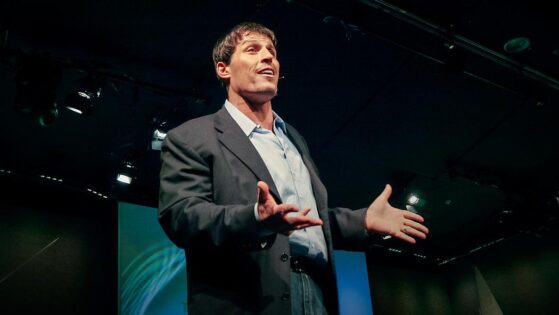
Julian Treasure | “How to Speak So That People Want to Listen”
Julian Treasure delves into the technical side of speaking, emphasizing how voice, tone, pace, and clarity shape the impact of our words. Unlike many talks that focus solely on content, Treasure’s presentation serves as a practical guide for anyone aiming to enhance their speaking skills.
Transitioning Insight: He seamlessly shifts between explaining concepts and demonstrating them, allowing the audience to both understand and experience the power of effective speech in real time. This dynamic approach keeps viewers engaged while reinforcing the techniques he discusses.
Public Speaking Lessons:
Master your voice: Use pitch, volume, and tone strategically to hold attention.
Speak concisely and with purpose: Every word should carry weight and clarity.
Practice mindfulness and presence: Being fully aware of your delivery strengthens audience connection and credibility.
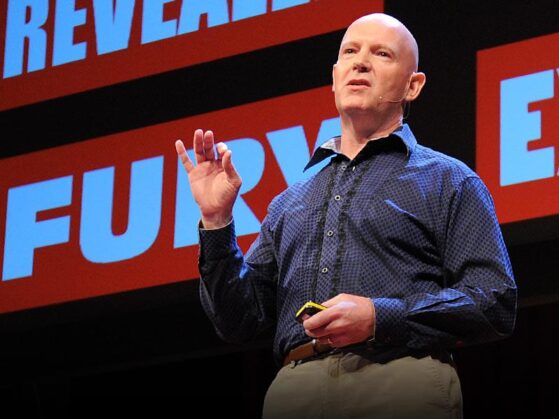
Key Lessons Across the Best TED Talks
Looking at these TED Talks as a whole, clear patterns begin to emerge—threads that define a truly successful speaker. First, storytelling stands out. By weaving narratives into their talks, speakers turn abstract ideas into experiences audiences can relate to and remember.
Closely following storytelling is emotional connection. Vulnerability, passion, and authenticity allow the audience to feel the message, not just hear it. Alongside this, clarity is essential. Great speakers simplify complex concepts into digestible insights without losing depth.
Nonverbal cues—gestures, posture, and eye contact—naturally reinforce the message and keep listeners engaged. A well-structured talk with smooth transitions guides the audience seamlessly from start to finish. Confidence and energy then bring it all together. Passionate delivery draws listeners in, making them care about the ideas being shared.
Finally, the most memorable talks leave audiences with one or two key takeaways that linger long after the presentation ends. When combined, these elements form a clear blueprint for public speaking excellence—practical lessons anyone can apply to elevate their own presentations.

Applying TED Talk Lessons to Your Own Speaking
The techniques used by these TED speakers are not limited to grand stages or large audiences—they are equally powerful in boardroom presentations, classroom lectures, or even everyday conversations. The principles are universal and can elevate any form of communication.
To begin with, start strong: immediately capture attention with a hook, a story, or a bold statement that draws listeners in. Once you have their attention, organize your ideas clearly, using logical sections and smooth transitions to guide your audience effortlessly through your message.
Next, incorporate stories. Relatable anecdotes or examples make your points memorable and help listeners connect on an emotional level. Alongside your words, mind your body language—open gestures, confident posture, and purposeful movement reinforce your authority and make your message more compelling.
Of course, none of this works without preparation. Rehearse thoroughly to ensure your delivery feels natural and confident, minimizing nerves and maximizing clarity. Finally, end with impact: leave your audience with a memorable line, a call to action, or a thought-provoking insight that lingers long after your talk ends.

Conclusion
TED Talks are far more than just presentations—they serve as masterful blueprints for learning the art of public speaking. From Ken Robinson’s humor-infused critique of education to Amy Cuddy’s transformative insights into body language, Simon Sinek’s leadership lessons, Jill Bolte Taylor’s personal neuroscience journey, Chimamanda Adichie’s storytelling brilliance, Tony Robbins’ motivational energy, and Julian Treasure’s vocal mastery, these talks collectively showcase the many dimensions of effective communication.
By observing and analyzing their techniques—storytelling, emotional connection, clarity, energy, and structured delivery—anyone can develop the skills to become a confident and persuasive speaker. Public speaking is not an innate talent; it is a craft that can be learned, refined, and perfected over time. Platforms like The Mystic Keys offer specialized Public Speaking Courses Online, allowing learners to practice these techniques, receive expert guidance, and gain the confidence to engage, inform, and inspire audiences in any setting.
For more information and exciting resources about learning music, visit our website at The Mystic Keys. For more music content and exciting offers follow us on
Facebook, Instagram, YouTube, LinkedIn, Twitter, Pinterest, and Threads,


